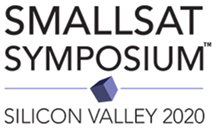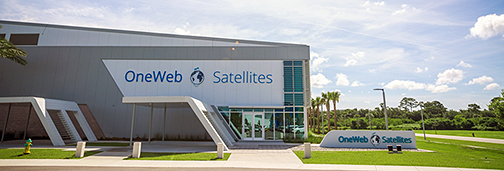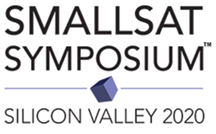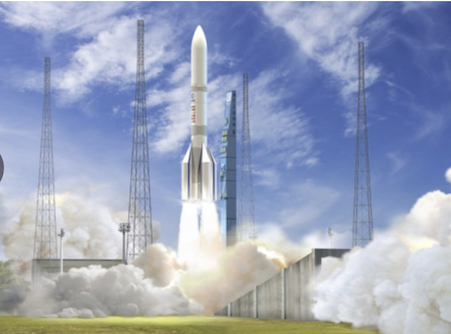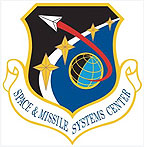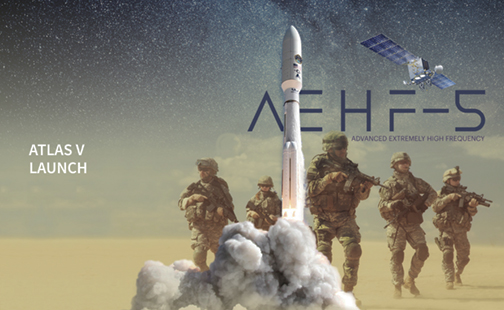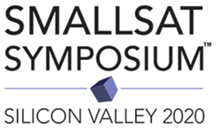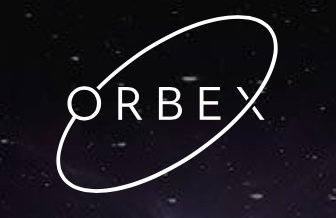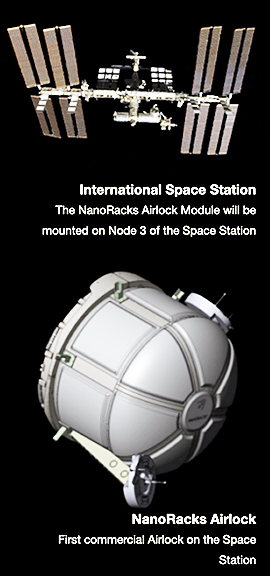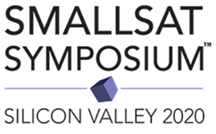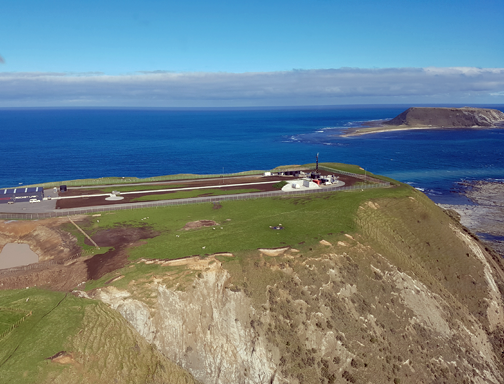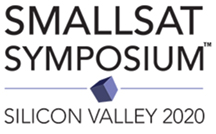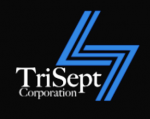
Spire Global and Kleos Space S.A. (ASX: KSS, Frankfurt: KS1) are combing forces to combine Spire AIS data with KLEOS RF data to create a new shared capability to bring safety at sea.
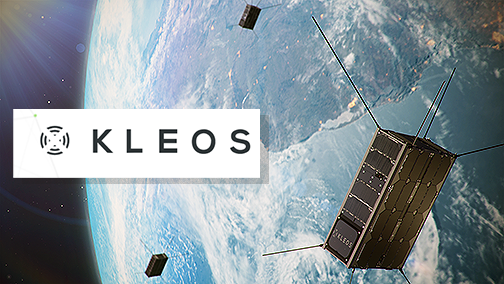
Kleos and Spire have entered into an agreement to cooperate on creating enhanced tools for maritime safety. The effort will support and augment tools for governments, maritime agencies, and all organizations with strategic interest in detecting dark vessels.
The two companies, both with operations in Luxembourg, will introduce the new product offering in Q4 of this year — Spire data will now include with Kleos’ RF Reconnaissance data products, which are available on the site in three levels — Guardian RF, Guardian LOCATE and Guardian UDT — and can be pre-ordered by registered users on a monthly or annual basis. Spire will deliver proprietary AIS data to the RF data Kleos providers in these situations where AIS is undetected.
This partnership represents the first time that AIS provider and RF Satellite provider have signed an agreement where these datasets can be easily integrated. And the first time two New Space organizations based in Luxembourg have partnered up to strengthen safety at sea.
John Lusk, GM, Spire Maritime, said that the company shares a desire to illuminate parts of the world, just as Kleos does — the firm continue to partner with the most innovative industry experts to create new access to highly relevant datasets for customers worldwide. Spire Global’s reputation for valuable data is due to the company’s large constellation of fully owned and operated satellites that offer data and analytics for parts of the world where collecting data is notoriously difficult. The company recently created Spire Maritime, which closed out 2018 with 160% year-over-year revenue growth. The new effort is pushing the Satellite AIS maritime segment forward with unique innovations in product creation.
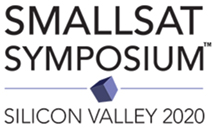
For all involved in the satellite and space industry and the various market segments that add value to these dynamic environments, the 2020 SmallSat Symposium is truly worth your consideration for attendance.
The SmallSat Symposium is hosted by Satnews Publishers which, since 1983, has been a provider of a satellite news, media and events. This information packed forum was created to enable you and your company to secure a larger portion of market share as well as to take part in the next stages of your company’s or organization’s growth.

The personal connections at the SmallSat Symposium enable attendees to network with established organizations, subject-matter experts as well as ‘New Space’ entrants.
The SmallSat Symposium will focus on new technologies and the business environment that is shaping the implementation of smallsat constellations, smallsat launchers, the challenges facing the smallsat developer and actors as well as the enormous benefits of these advanced technologies that will benefit our world.
This event assembles more than 100 diverse speakers, all of whom possess deep industry experience. Additionally, numerous opportunities exist to mingle and network with peers while enjoying exceptional, complimentary meals and refreshment breakfast.






